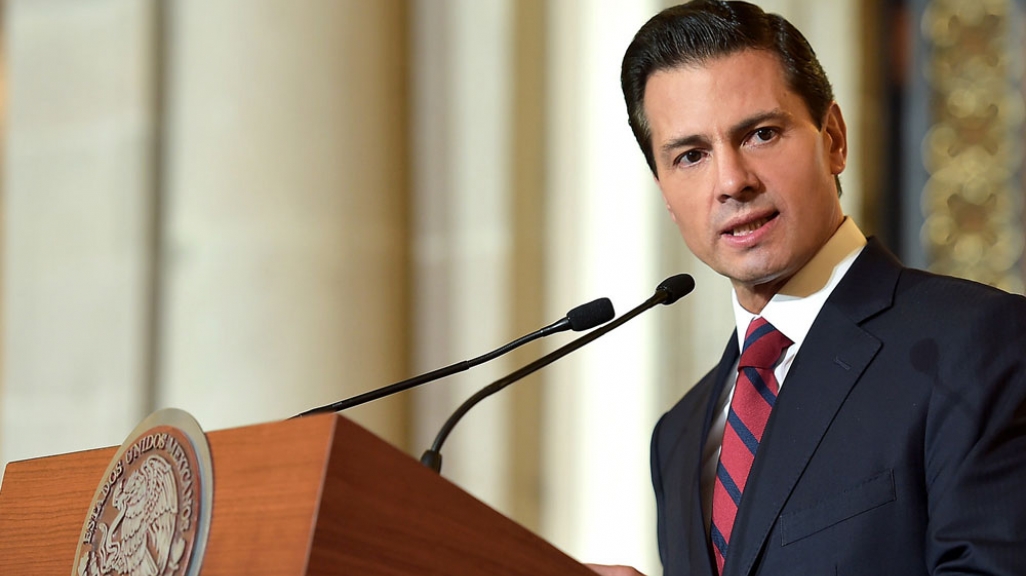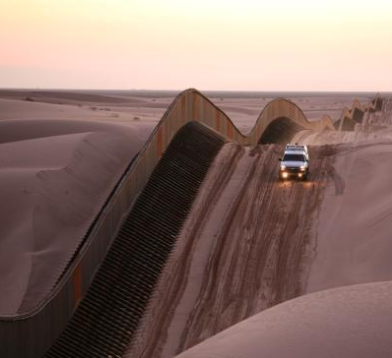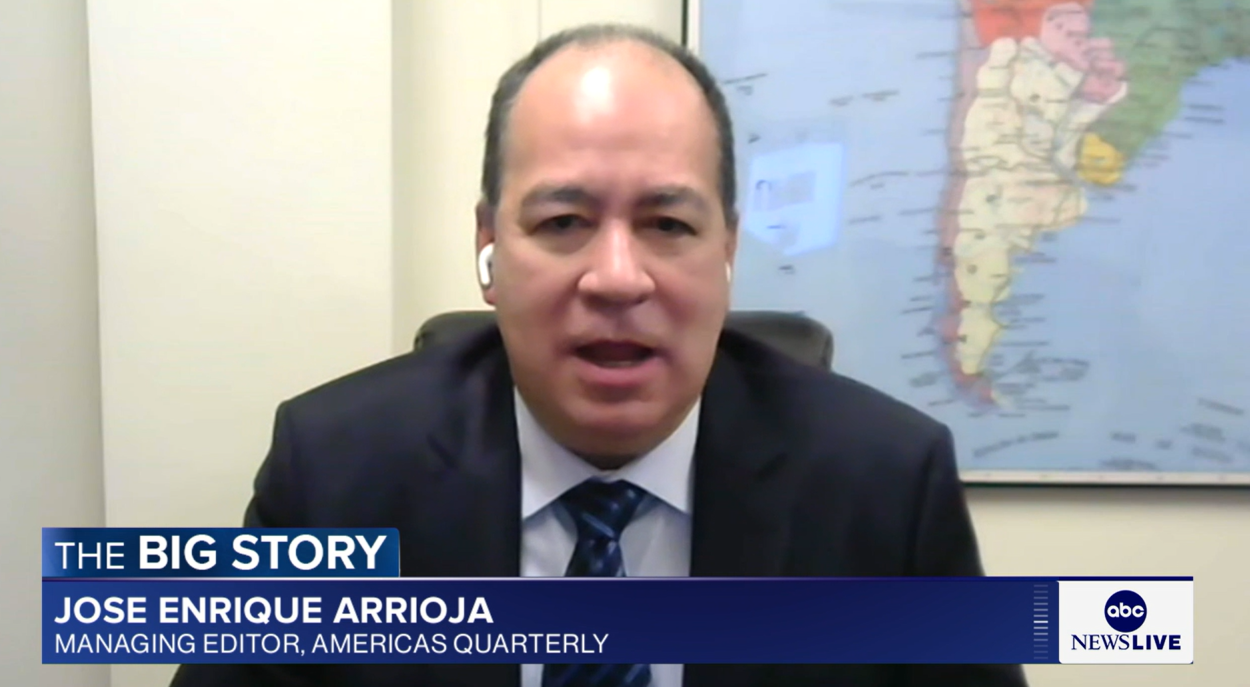Five Things Mexico Wants to Talk about with Trump
Five Things Mexico Wants to Talk about with Trump
President Enrique Peña Nieto laid out his own agenda for relations with the United States on January 11.
From a U.S. presidential candidate’s controversial visit to Mexico City in August 2016 to the Central Bank’s attempts to stop the free fall of the peso, Mexico has been trying to figure out how to prepare itself for a Trump presidency. In fact, it’s been a veritable round of “he said/he said,” as Donald Trump repeatedly insists that Mexico will pay for a border wall and President Enrique Peña Nieto repeatedly insists that it won’t.
The same thing happened again on January 11, during Trump’s first—and possibly his only—press conference as U.S. president-elect, when he said, “Mexico in some form, and there are many different forms, will reimburse us…for the cost of the wall.”
In remarks a few hours later, Peña Nieto said that Mexico will not do so, nor will it “accept anything that goes against our dignity as a country.” He went on to outline specific areas that he said would be a part of future negotiations with a Trump administration: arms trafficking, immigration, border infrastructure investment, remittances, and trade.
These are the areas covered in Peña Nieto’s speech, as well as the issues underlying each one.
1. Stemming the flow of illicit weapons from the United States into Mexico
Lax gun-control laws in the U.S. Southwest lead to a relentless flow of illicit weapons into Mexico, fueling the country’s violent drug war. From 2009 to 2014, Mexico traced more than 73,500 illegal firearms—about 70 percent of those seized—back to the United States, per a 2016 U.S. Government Accountability Office report. Given Mexico’s more restrictive gun laws, Mexican officials have repeatedly called on Washington to help stop gun trafficking, and the government of former Mexican President Felipe Calderón went so far as to place a billboard made of crushed guns near the border proclaiming, “No more weapons.”
The 2004 expiration of the U.S. assault weapons ban is of particular concern for Mexico; one in five weapons seized at Mexican crime scenes is an assault weapon smuggled from the United States, according to a 2016 letter from U.S. Congressman Eliot L. Engel (D-NY).
2. Seeking a shared role in the flow of undocumented migrants
Trump made undocumented immigration and promises of mass deportations a central campaign point. However, Peña Nieto noted that his country faces the burden of being a crossing point for migrants from around the world trying to make it to the United States, citing as an example the presence of some 4,500 Haitian refugees currently in Mexico. Additionally, in the first seven months of 2016 alone, nearly 8,000 Africans and Asians presented themselves to Mexican immigration authorities—a rate nearly four times the figure for all of 2014.
In recent years, Mexico has also played a direct role, with U.S. backing, to stem the flow of Central Americans fleeing violence in their own countries and heading to the United States. Mexico deported roughly 150,000 migrants from El Salvador, Guatemala, and Honduras in 2015, which marks a 44 percent increase over the prior year, according to Pew Research.
3. Increased investment in border infrastructure and technology
Modernizing the U.S.-Mexico border has been a top priority of the bilateral High Level Economic Dialogue. While discussion of a border wall has much to do with security, billions of dollars worth of goods and millions of people cross the U.S.-Mexican border each year, despite often having to suffer through long wait times.
4. Maintaining the free flow of remittances
There’s plenty of speculation about how Trump could make good on his promise to make Mexico pay for—or reimburse U.S. taxpayers—for a wall, and one is whether he would seize or tax the money Mexican immigrants send home. While there are questions about how this could legally take place, it’s no idle threat given that Mexicans sent $25 billion home in 2015 and that remittances exceed the value of the country’s oil exports. In November, when Trump won the U.S. election, remittance rates to Mexico saw their biggest spike in over a decade, hitting $2.4 billion—almost 25 percent higher than a year earlier.
5. Securing commerce—and looking beyond the United States
Since the 1994 implementation of the North American Free Trade Agreement (NAFTA), bilateral U.S.-Mexico trade has more than quintupled. While Trump has threatened to pull the United States out of NAFTA, Mexican officials have said they would be open to modernizing, but not renegotiating, aspects of it. In Wednesday’s speech, Peña Nieto not only called for securing investment and trade with Canada and the United States, but also alluded to Trump’s Twitter threats of automakers with U.S. investments, saying, “We reject any intent to influence investment decisions through fear or threats.”
The president also suggested that Mexico, which sends roughly 80 percent of its exports to the United States, would look to deepen trade relations with other countries, including Latin American economies such as Argentina and Brazil, by forging ties with Asia via the G20 and Pacific Alliance, and by prioritizing a trade deal with the European Union.










